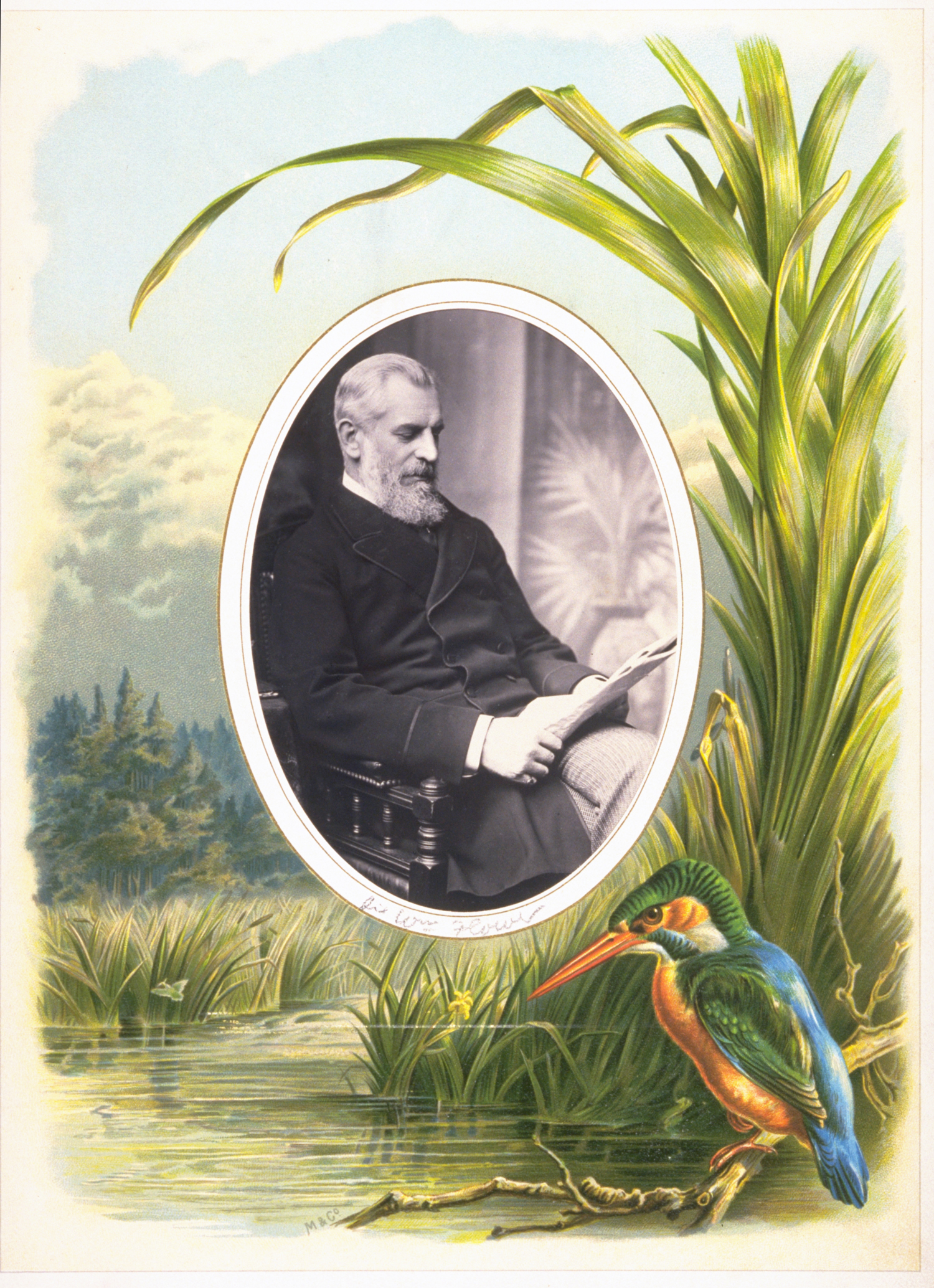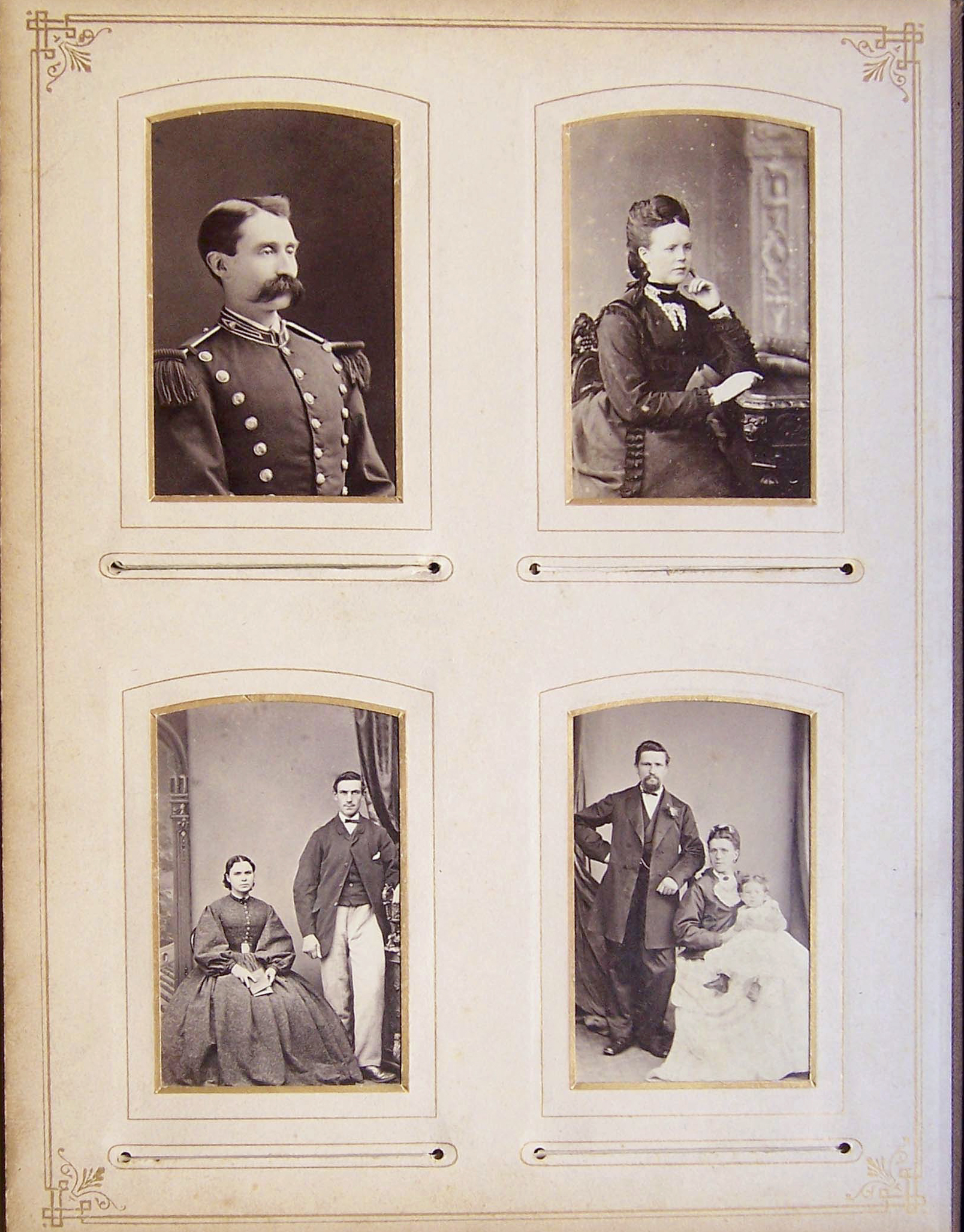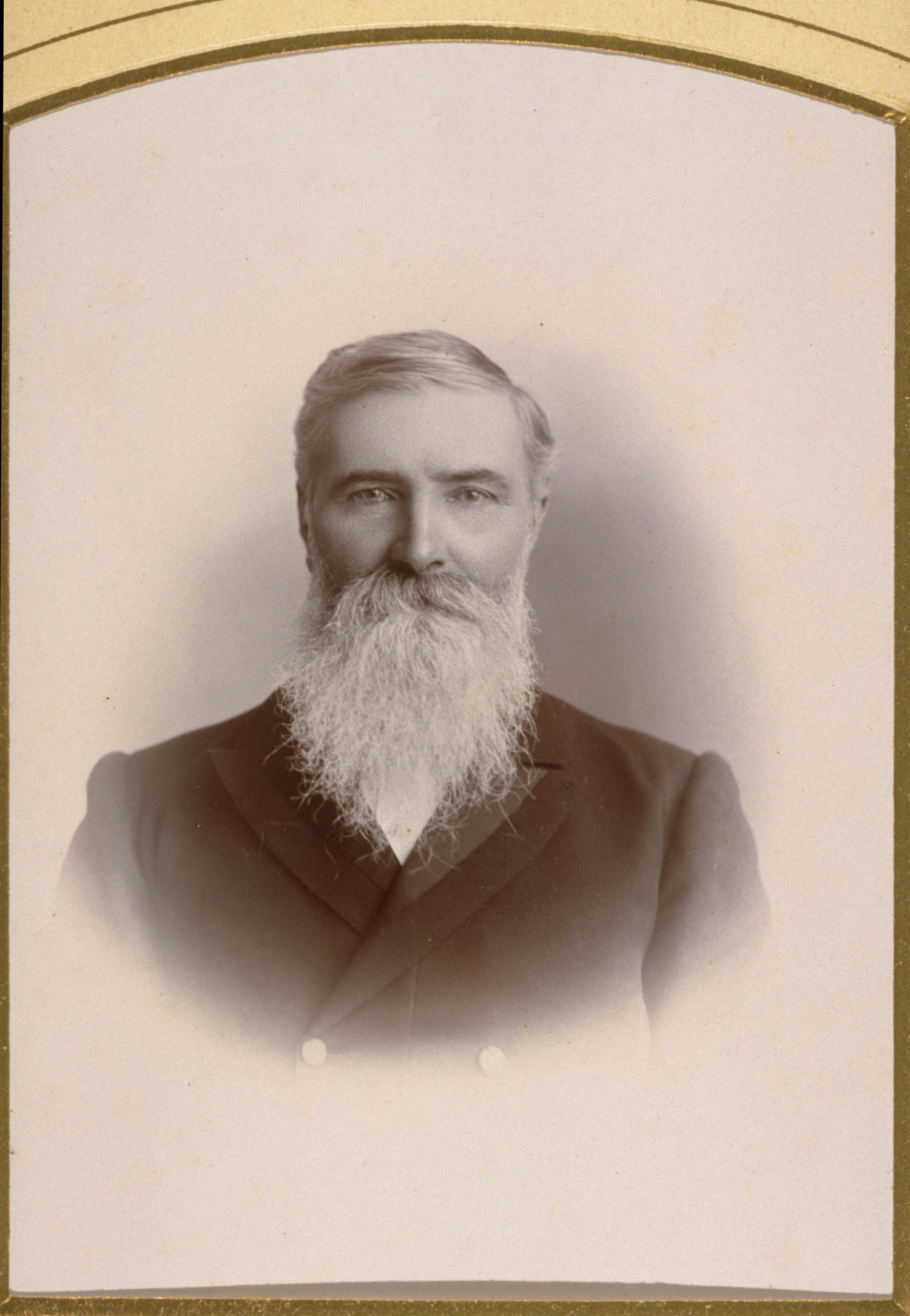52 Weeks of Inspiring Illustrations, Week 17: P.O.P.! (or, printing out paper!)
Printing out paper, or “P.O.P.” in photo-specialist jargon, constitutes the progression of the photographic print medium following the reign of the albumen print. Strictly speaking, earlier photographic processes such as salted paper prints and albumen prints are “printing out” processes themselves, but the name P.O.P. is now commonly used to describe this particular process which flourished from 1885 to 1910.


The physical characteristic which distinguishes P.O.P.s from albumen prints is the additional third layer employed in its production. A cross-section of earlier albumen prints would show a paper base, which gives photographs their shape and physical rigidity, and an emulsion layer which is microscopically thin and holds the photograph’s image forming silver particles. P.O.P.s contain a third layer separating the paper base and the emulsion. This material is called baryta and it serves the purpose of masking the paper fibres, thus giving the base a more reflective quality and giving the prints a noticeably brighter more contrasted image. For more detailed information on the process go to the Image Permanence Institute’s Graphic Atlas.
In addition to the increased contrast and perceived sharpness of the image, a distinguishing quality of P.O.P.s is that the baryta layer was often coloured with subtle shades of blues, pinks and purples in order to provide a more aesthetically unique product for an ever more discerning commercial market. This feature is one of the key tell-tale signs of the medium and is a useful aid in dating an image within the P.O.P.s period of widespread use.

The medium’s proliferation was directly tied to the growing commercial success of photography at the turn of the century and the accompanying rise in competing portrait photographers vying for a share of the same market. The P.O.P. was mainly used in the manufacturing of photographic portraits, cartes de visites (literally translated to “calling cards”) and “cabinet cards”. Very fashionable and collectible, “CDVs” and cabinet cards would constitute a turn of the century obsession leading individuals to accumulate albums of not only loved ones, but also images of celebrities, royalty, artists, politicians and more. Special albums were made to house these image based commoditised collectibles. Each page of an album was designed with little windows in which to proudly display one’s latest autographed copy of celebrity X’s portrait. The legacy of the P.O.P.’s adoption by photographers and the public can often be spotted at auctions and flea markets, being sold either as loose items, categorised by specific interests and subjects, or still held in the owners’ album maintaining the collector’s unique selections and arrangement for contemporary scrutiny.
–MB
Reblogged this on EticaProfesionalInformacion.